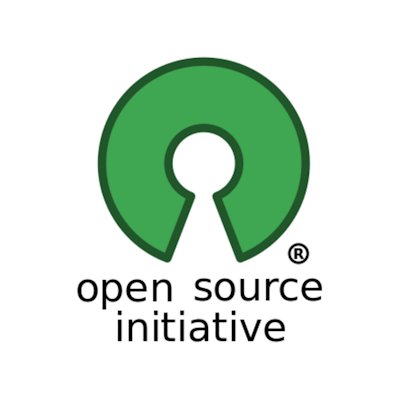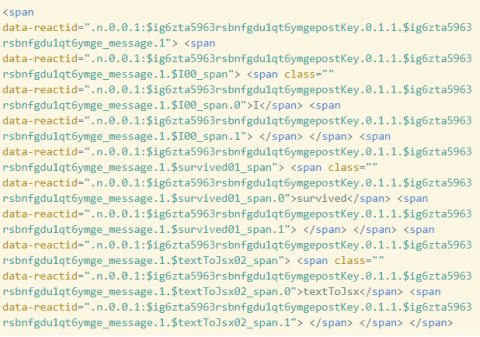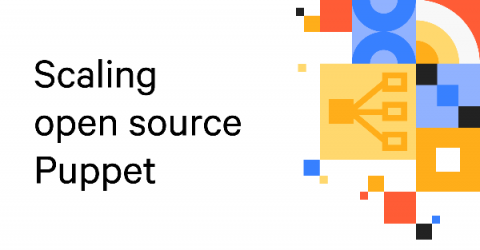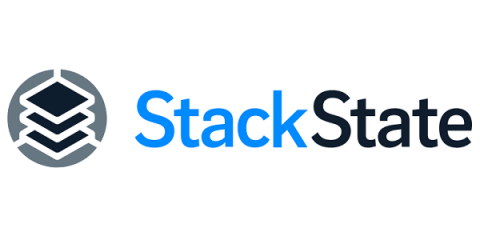Why Netdata is free
When I first started the project that became the Netdata Agent, I was trying to solve a painful, real-world problem: IT infrastructure monitoring tools fell short when it came to providing complete, granular metrics in real time. Believe me, I had no shortage of tools to choose from, but each of them lacked something either in the ability to see every metric I needed, or see it at the frequency required.










